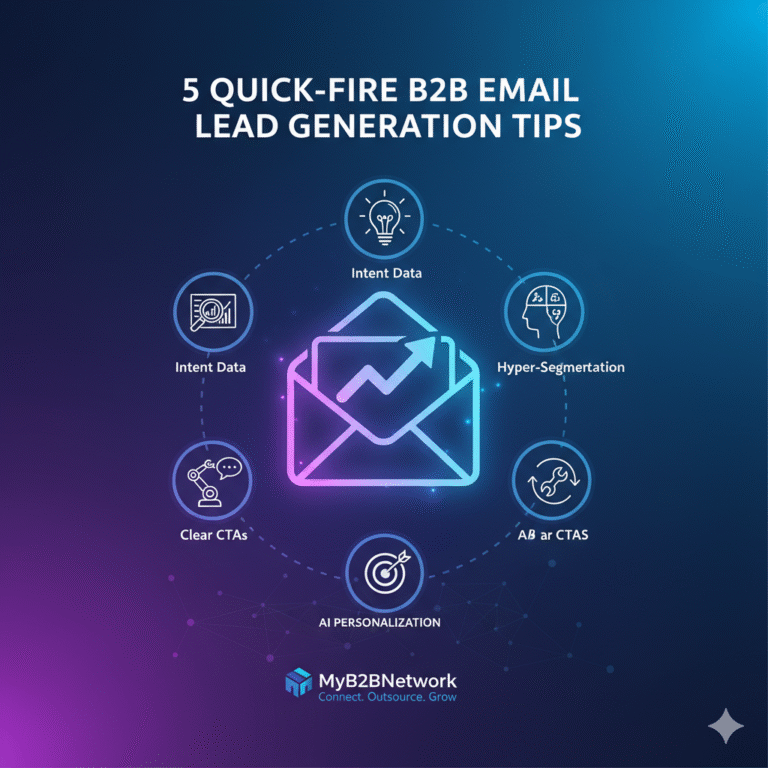
Online shopping is now a $5 trillion industry, and competing brands must leverage multiple acquisition and optimization channels to stand out and grow sustainably. From search engines to social media to partnerships, each channel plays a unique role in attracting, converting, and retaining customers. Below, we explore the six most impactful ecommerce marketing channels, outline the four-stage ecommerce funnel, compare in‑house vs. agency execution, and share actionable growth hacks for small businesses and B2B marketplaces.
1. Six Essential Ecommerce Marketing Channels
1.1 SEO (Search Engine Optimization)
Search drives over 53% of all website traffic, making SEO a must‑have channel in 2025. On‑page tactics—optimizing URLs, titles, headers, and meta descriptions—ensure category and product pages rank for target keywords. Off‑page SEO, through backlinks from reputable publishers and inclusion in gift guides or industry roundups, further boosts authority and rankings. Studies show that the first page of Google captures 71%–92% of clicks, so aiming for page‑one positions is critical.
1.2 Conversion Rate Optimization (CRO)
After driving traffic, optimizing site usability and checkout flow maximizes revenue per visitor. Leading ecommerce brands use heatmaps, session recordings, and surveys to identify friction points and A/B test changes. For every one‑second delay in page load time, conversions drop by 4.42%, underscoring the importance of speed optimization and mobile‑first design.
1.3 Content Marketing
Long‑form, educational content attracts top‑of‑funnel shoppers seeking information. Beardbrand’s beard‑care guide, for example, generates over 400,000 monthly visits—72% from organic search—by solving user problems with in‑depth articles. By producing how‑to posts, comparison guides, and storytelling pieces, ecommerce sites can build authority and capture high‑quality leads.
1.4 Public Relations (PR)
PR extends content reach to large, engaged audiences via industry publications and newsletters. Tools like PressHunt help identify and pitch to journalists, securing features that drive both referral traffic and backlinks. While PR can require investment, one well‑placed story can yield outsized exposure and credibility.
1.5 Affiliate Marketing
Affiliate programs monetize partnerships with bloggers, coupon sites, and review platforms. By joining networks such as PepperJam or ShareASale, merchants access thousands of publishers ready to promote products on a performance basis. Affiliates effectively extend sales channels with minimal upfront cost.
1.6 Influencer Marketing
Influencers boast highly engaged communities that trust their recommendations. Running product‑giveaway campaigns with micro‑influencers can generate viral user‑generated content (UGC) and social proof. Frank Body’s UGC‑driven influencer campaign generated $20 million in year‑two revenue, showcasing the potential scale.
2. The Ecommerce Marketing Funnel
- Awareness: Introduce your brand through SEO, social, and PR. Offer lead magnets to capture emails.
- Interest: Nurture prospects with targeted content and email sequences highlighting benefits and use cases.
- Purchase: Streamline checkout with clear CTAs, guest checkout, and first‑time purchase incentives.
- Repeat: Use email remarketing and loyalty/referral programs to turn customers into advocates.
3. In‑House vs. Agency Execution
- Hiring In‑House
- Pros: Full control over strategy and branding; dedicated resource.
- Cons: Recruitment time, training costs, and expertise gaps—especially for complex areas like global expansion.
- Partnering with an Agency
- Pros: Instant access to seasoned ecommerce experts, proven processes, and advanced tools .
- Cons: Higher ongoing fees and potential misalignment of priorities.
4. Growth Hacks for 2025
- Leverage AI‑Powered Personalization: Deploy predictive product recommendations and dynamic email content to increase AOV and retention.
- Omnichannel Retargeting: Sync email, SMS, and social ads so prospects see consistent messaging at their preferred touchpoints.
- UGC Galleries: Showcase customer photos and reviews on product pages to build trust and improve on‑site SEO.
- Micro‑Influencer Coalitions: Run co‑promoted flash sales with clusters of niche influencers to amplify reach affordably.
5. Conclusion
Ecommerce success in 2025 hinges on a diversified channel mix, relentless optimization, and data‑driven experimentation. By mastering SEO, CRO, content, PR, affiliate, and influencer marketing within a clear funnel framework—and choosing the right execution model—you’ll drive sustainable growth and outpace competitors. Remember: start small, test rigorously, and scale what works.



